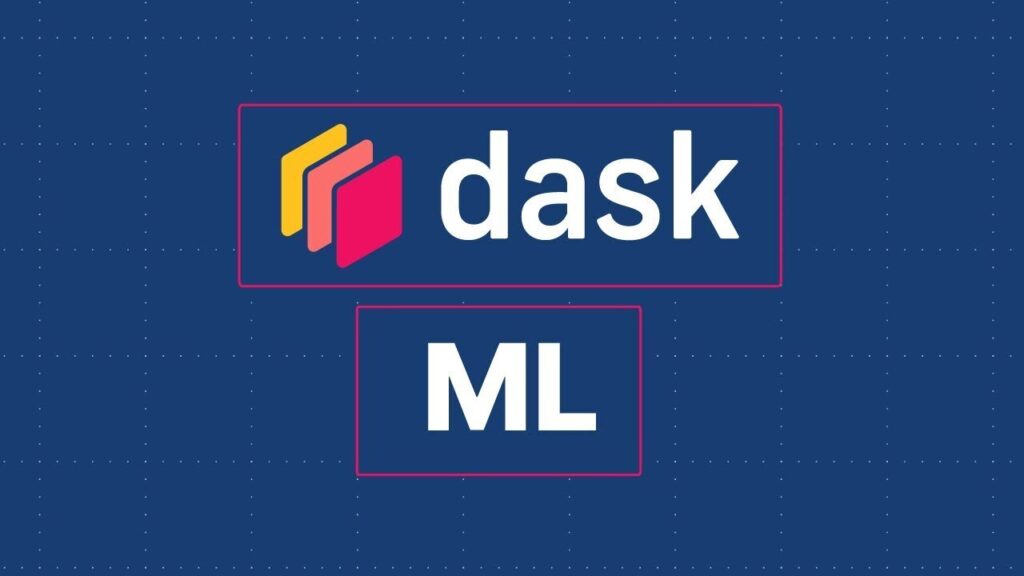Dask-ML is a powerful library designed to facilitate scalable machine learning in Python. It leverages Dask, a parallel computing library, to handle large datasets and complex models efficiently. By integrating with popular machine learning libraries such as Scikit-Learn and XGBoost, Dask-ML provides a familiar interface for users while enabling them to overcome common scaling challenges.
Key Features
Scalable Model Training
Dask-ML is particularly useful when dealing with models that are too large or complex for standard in-memory processing. It allows users to distribute the workload across multiple machines, effectively parallelizing tasks such as model training and evaluation. This is crucial for scenarios where traditional methods would lead to excessive computation times or memory constraints[2][4].
Handling Large Datasets
One of the primary advantages of Dask-ML is its ability to work with datasets that exceed the available RAM. By utilizing Dask’s data structures, such as Dask Arrays and Dask DataFrames, users can load and process large datasets in chunks, making it feasible to conduct machine learning tasks that would otherwise be impossible on a single machine[2][3].
Familiar API
Dask-ML aims to maintain compatibility with the Scikit-Learn API, allowing users who are already familiar with Scikit-Learn to transition smoothly to Dask-ML. This design choice minimizes the learning curve and enables users to apply their existing knowledge of machine learning directly to scalable applications[2][5].
Integration with Other Libraries
Dask-ML is designed to work alongside other distributed libraries, such as XGBoost, without attempting to replicate their functionalities. This collaboration allows users to prepare and manage data using Dask while leveraging the strengths of established libraries for specific tasks, such as gradient boosting[1][2].
Conclusion
Dask-ML is an essential tool for data scientists and machine learning practitioners facing challenges related to model and dataset scaling. Its integration with Dask and adherence to familiar APIs make it a versatile choice for building scalable machine learning solutions in Python. For more detailed examples and documentation, the Dask-ML website provides extensive resources and tutorials[1][2].
Further Reading
1. Dask for Machine Learning — Dask Examples documentation
2. Dask-ML — dask-ml 2024.4.5 documentation
3. Dask Tutorial | Intro to Dask | Machine Learning with Dask ML | Module Four – YouTube
4. Welcome to the Dask Tutorial — Dask Tutorial documentation
5. dask-video-tutorial/06-ML.ipynb at main · jacobtomlinson/dask-video-tutorial · GitHub
Description:
A scalable machine learning library built on Dask for parallel computing.
IoT Scenes:
Large-scale data analysis, Distributed machine learning, Real-time processing, Predictive analytics
IoT Feasibility:
High: Scales well for large datasets and distributed systems, suitable for IoT with big data requirements.


